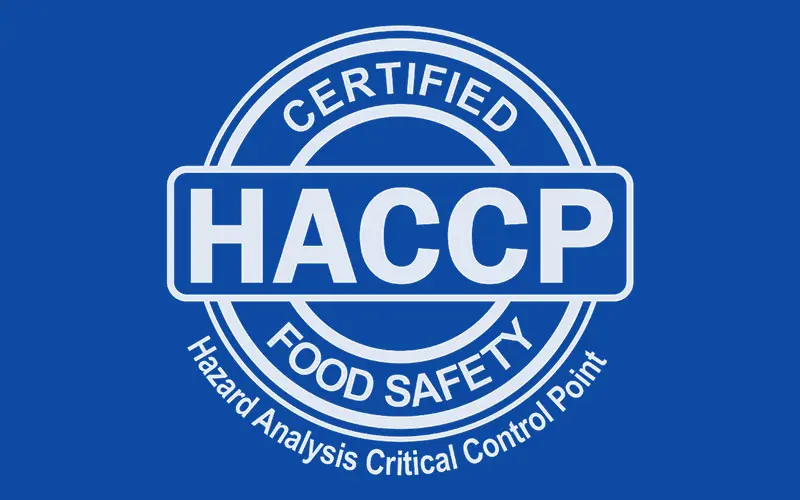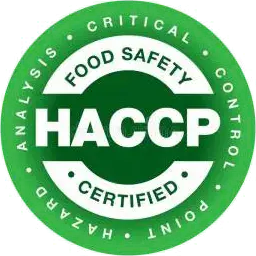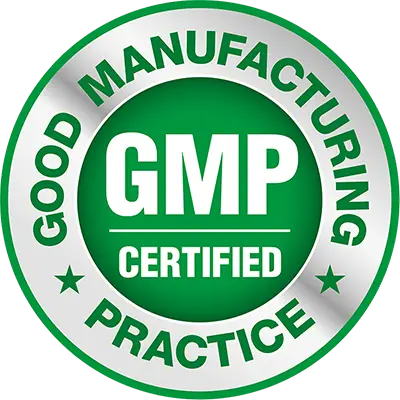A Vital Food Industry Asset
HACCP-Certified Food Packaging from Dana Poly
The HACCP certification process involves thorough preparation and auditing to ensure compliance with food safety standards. This includes completing necessary documentation, training personnel, and conducting internal audits before undergoing third-party accreditation.
In addition to developing a comprehensive HACCP plan, our team ensures that all required food safety management programs are properly implemented.
Below are the key steps involved in preparing for HACCP certification and the final audit.

How the HACCP Certification Process Works
Ensuring Compliance Through Preparation & Auditing
HACCP certification involves preparation, auditing, and accreditation to ensure food safety compliance. The process includes developing a solid HACCP plan, implementing prerequisite programs (PRPs), and undergoing a third-party audit.
- Prerequisite Programs (PRPs) – PRPs establish the foundation for food safety, covering sanitation, facility design, hygiene practices, pest control, and sanitation procedures. These are essential to preventing contamination and ensuring compliance.
- Developing a HACCP Plan – A HACCP plan is tailored to specific products and processes, identifying hazards, critical limits, monitoring procedures, and corrective actions. This internationally recognized system meets global food safety standards and ensures compliance for domestic and international markets.
- Certification Audit – A third-party auditor evaluates compliance in two stages:
Stage 1: Reviews documentation and preparedness, identifying areas for improvement.
Stage 2: Conducts an in-depth assessment, including facility inspections, worker interviews, training evaluations, and compliance checks.
Successfully passing the audit results in HACCP certification, demonstrating a commitment to high food safety standards.




